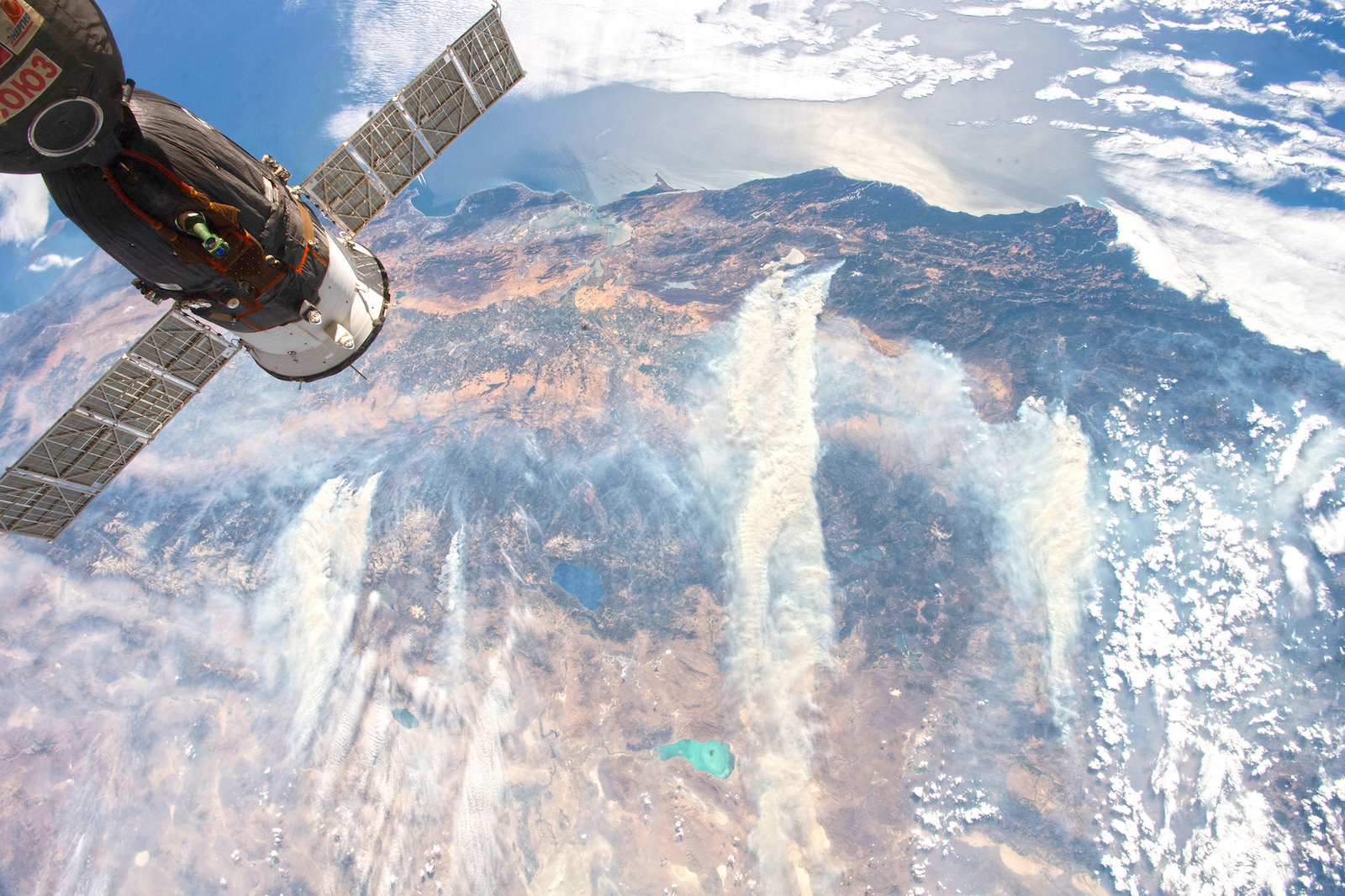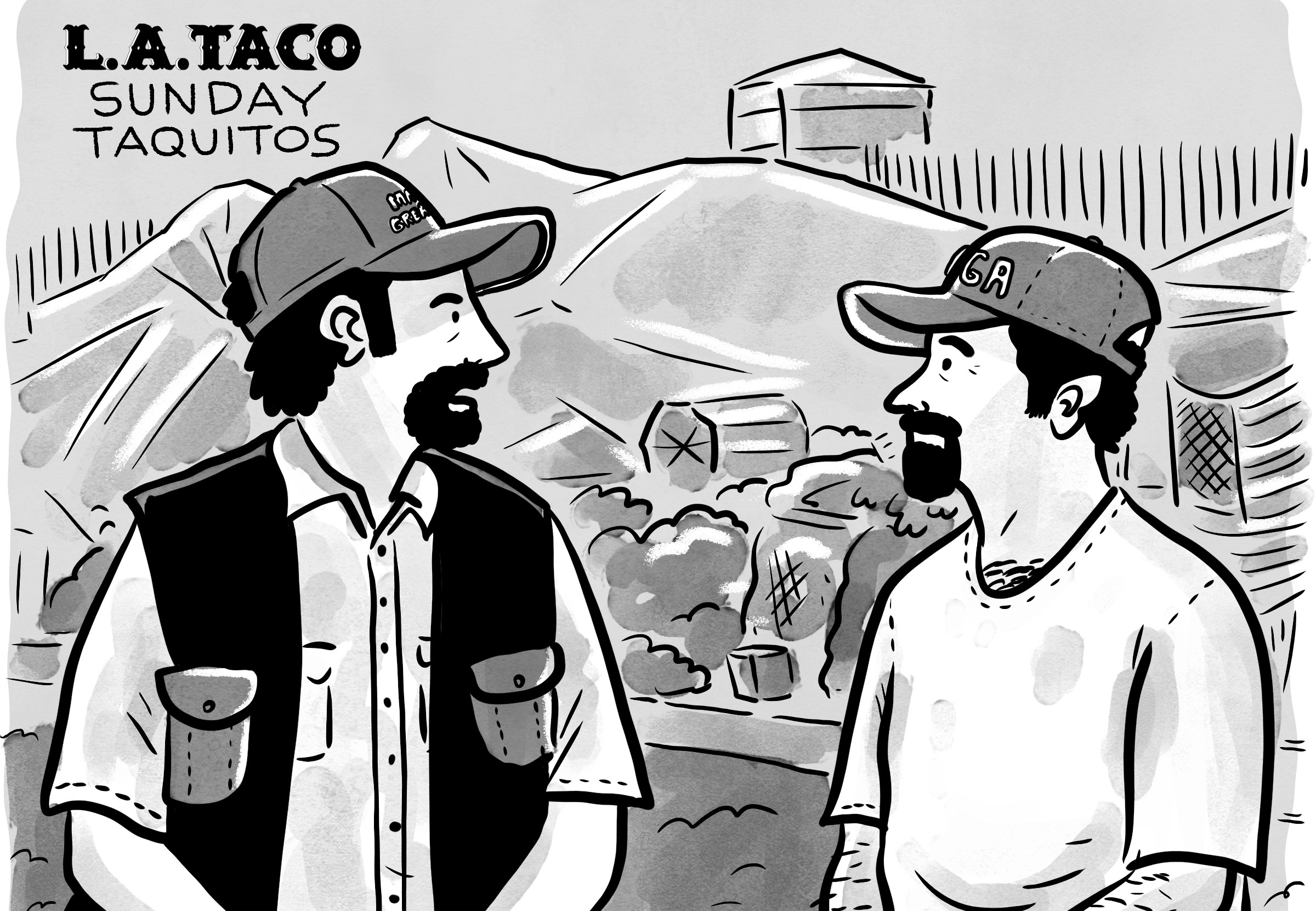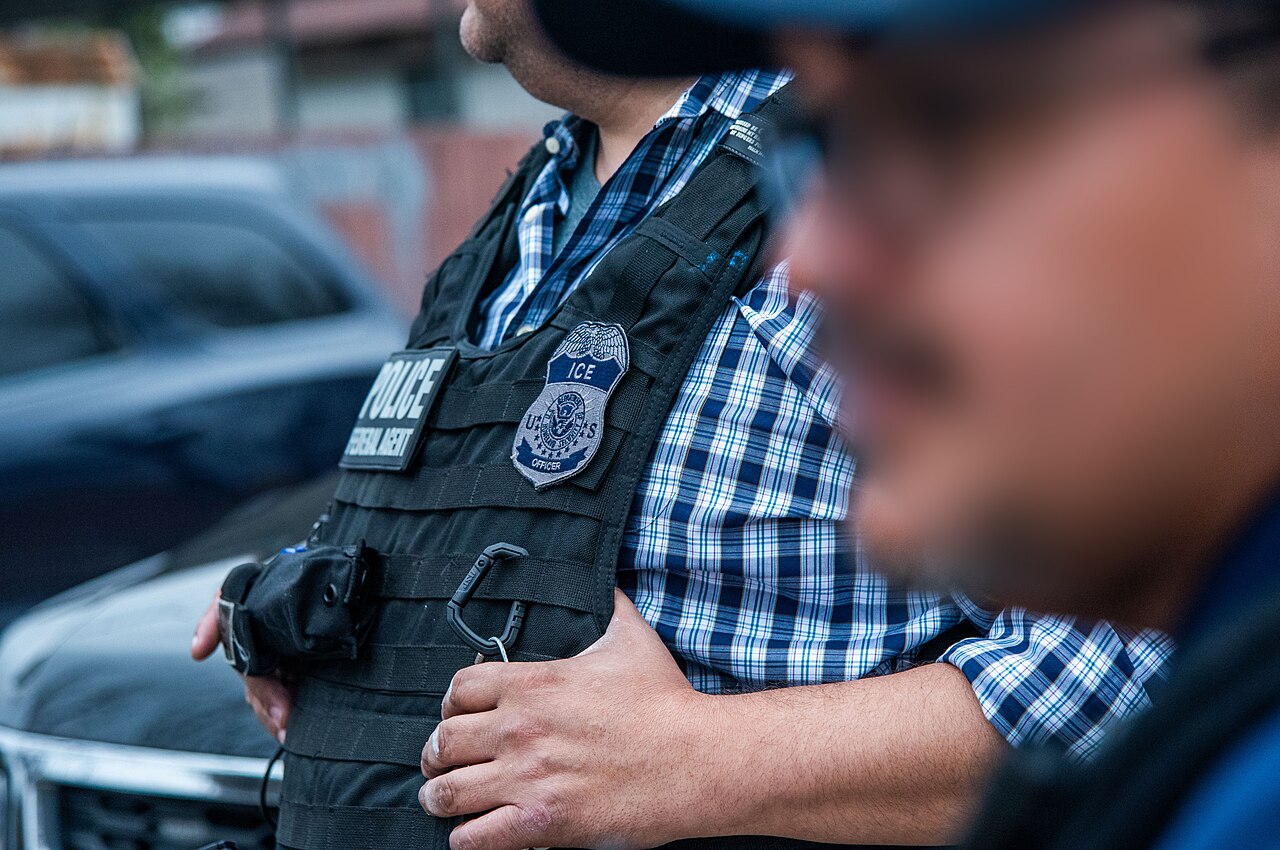[dropcap size=big]A[/dropcap] slight shift in weather gave some respite to the thousands of firefighters and California inmates and immigrants who are fighting wildfires up and down the state. Gov. Jerry Brown calls the intensifying fire season as a result of climate change a “new normal,” and in recent days, it’s certainly felt like it.
For days now, the sky over many parts of Southern California has been ashen orange, due to the effects of the Holy Fire in the Santa Ana mountains area, between Orange and Riverside counties. Readers in inner-city Los Angeles said ash was falling on their vehicles from the far-away fire. On Friday, a neon burnt tint bore on the sun for most of the day, but by Sunday, the fire was nearing half-way containment.
Now if all of it looks and feel ominous, it’s because it is. More fires are happening with greater intensity, and formerly distinct fire seasons are colliding into one, experts and reports say. While the drought — technically over although that’s up to debate — gave way to a rainy winter, the state is not fully recovered to prevent destructive fires from happening, fire officials say.
Yosemite National Park, one of the greatest natural wonders in the United States and a major draw for Californians who enjoy camping and hiking, was closed for 20 days due to the Ferguson Fire. The park is set to reopen on Tuesday.
“Statistically we're ahead of last year,” Scott McLean, a Cal Fire deputy chief, said last month. “We need several years of significant winters to get us back to the place we were before.”
Check out the Cal Fire statewide incident map for the most up-to-date information.
Grateful for all of the firefighters and emergency responders. You make California proud. pic.twitter.com/DcKmBYeBSS
— Jerry Brown (@JerryBrownGov) August 5, 2018
Most of the activity so far in summer 2018 has been in Northern California, where smoke is causing terrible air quality and creepy sunsets in San Francisco. Last week, the Mendocino Complex, which is named as such because two fires are close together at their boundaries, has been dubbed the largest overall in state history.
This is alarming, considering the last biggest fire in state history was only in 2017. Last year. Before that, the last biggest fire happened in 2003. So yes, it’s bad.
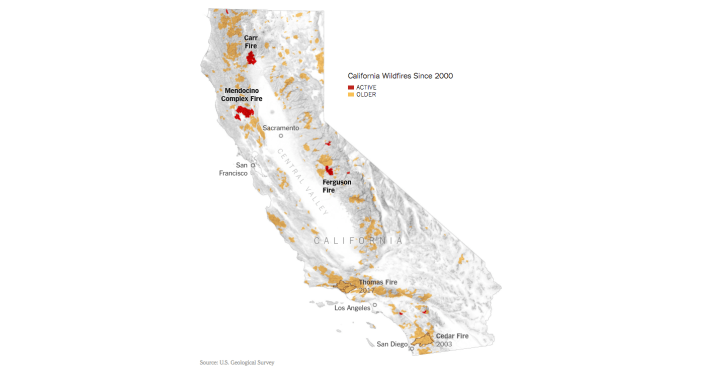
Scariest of all — just to refresh our collective short-term memory — Northern California burned significantly in the late summer and early fall months in 2017. The Tubbs Fire in the Santa Rosa area, dubbed the most destructive in state history, burned through most of October 2017 and killed 22 people. The biggest fire in state history (by acreage burned) then happened with the Thomas Fire in Ventura County. That fire didn’t start until early December 2017.
Right now, in mid-summer, Northern California has the most significant fires, matching last year’s pattern. In other words, it stands to reason the worst of our fires in SoCal in 2018 are yet to come.
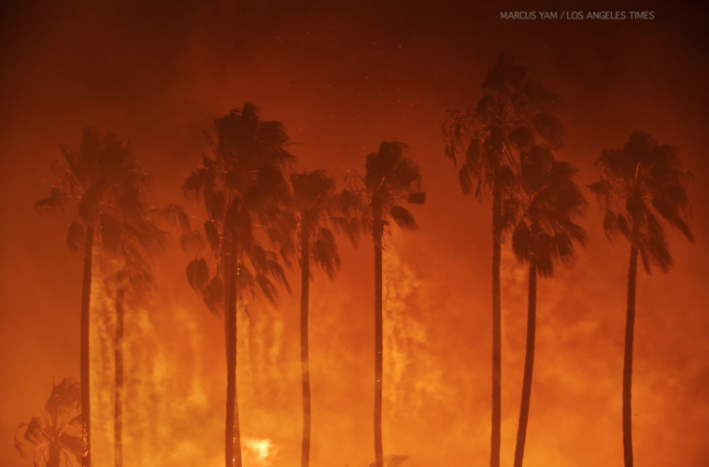
[dropcap size=big]S[/dropcap]peaking from a command post for the Mendocino Complex, in the small city of Ukiah, Calif., a Ventura County Fire captain named Steve Swindle told L.A. Taco that Southern California should be prepared for more threatening fires as the year progresses.
“We’re in eight years of drought, and what it's done is killed off a great amount of flora throughout the state,” the fire captain said on Friday.
“We have a different type of growth in Southern California, we have chaparral and Mediterranean-style vegetation,” Swindle added. “Very oily stuff like sage and chamise, and that burns extremely hot because of the oil content. … We consider ourselves in fire season year-round now.”
If you live in an urban area, chances are a wildfire won’t ever reach you. But what if you live in suburban or rural areas, nearer to many of the state’s gigantic forests? You can start with info on how to fireproof your home here and here.
READ MORE:
Pictures From the Fires ‘Where All Hell Is Breaking Loose’
Don’t Blame the Homeless For the Skirball Fire; Blame the City
